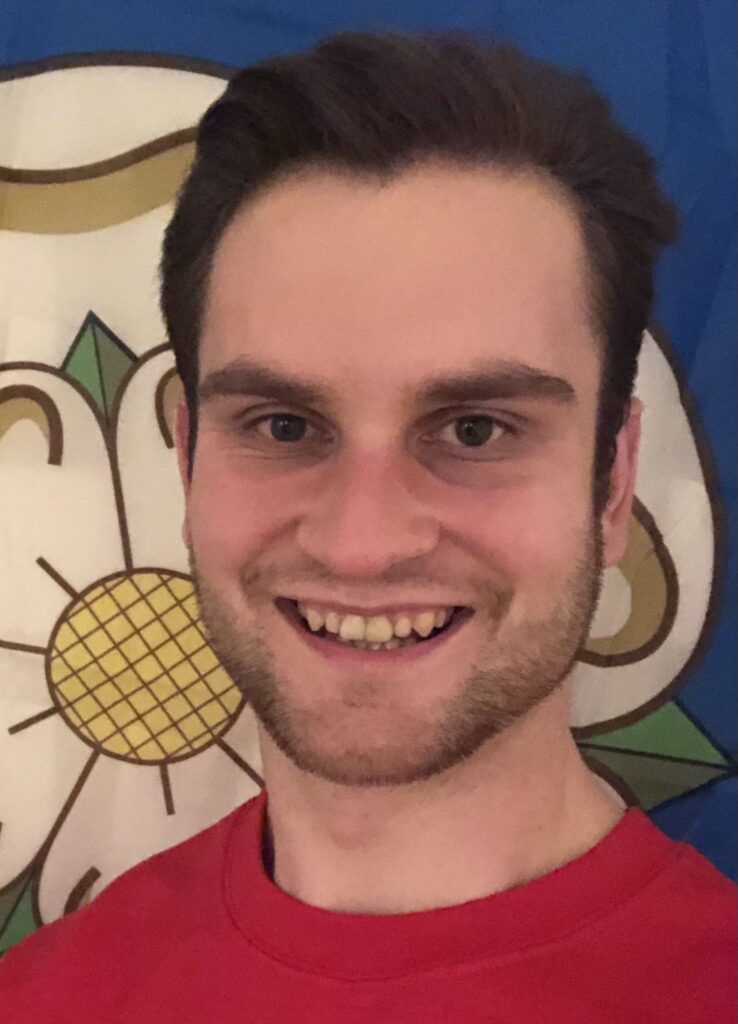Meet Lewis – one of your student reps based at the University of York.
Lewis completed his bachelor’s degree in biochemistry at the University of Leeds. During his undergraduate studies, he carried out a one-year industrial placement at the drug discovery organisation LifeArc, where he explored the pharmacology of various ion channels. Lewis is now in the third year of his PhD in the University of York’s Professor Dawn Coverley’s group, and his project is focused on understanding the molecular functions of the nuclear protein CIZ1. His work aims to understand how CIZ1 interacts with nucleic acids, what its functions are in the mammalian cell cycle, as well as try to understand its structure.
What has been the most challenging aspect of your science career so far?
Starting my PhD during COVID was really challenging, having restricted access to people, training, and equipment during my first year made it difficult to get my project off the ground.
What has been your biggest lab mistake so far?
Putting the electrodes the wrong way around on an SDS-PAGE gel – meaning the sample diffused away never to be seen again 🙃.
What do you do when you’re not doing science?
I love going for walks, coffee and watching F1.
Who has most influenced your career so far?
My supervisors during the industrial placement year were really supportive and helped give me the confidence to pursue a career in research.
Why did you want to become a rep?
I wanted to work with DTP students to help improve our PhD experience. It’s given me an amazing opportunity to help organise events in collaboration with others.
Do you currently have any future career plans?
I’d like to explore my options for staying in scientific research, however, I really enjoyed my PIPS placement in science policy so I’m not entirely certain which path I’ll take.
Coolest part of your PhD so far?
Part of my PhD involves using fluorescent microscopy of mammalian cells – it has allowed me to take some beautiful pictures of cells in various stages of mitosis.

